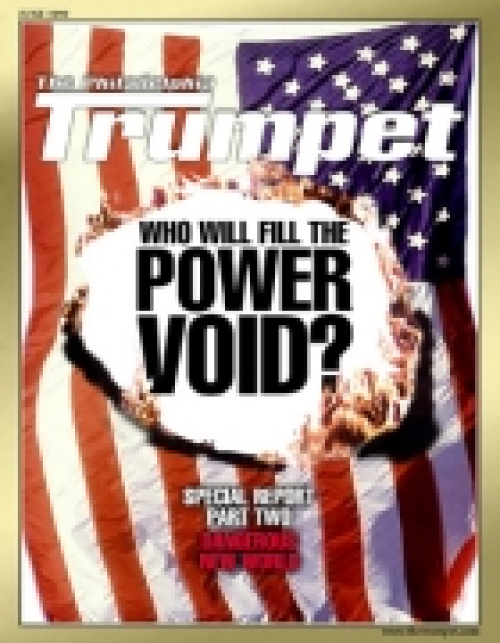China on the March
Takeover of Taiwan Imminent
Tensions over Taiwan nearly erupted into full-scale war in 1995 after President Lee Teng-hui visited the United States for a college reunion. It was the first time a Taiwanese president ever set foot in America. Irked by Lee’s visit and nervous about the upcoming elections in Taiwan, the pla began a week-long series of military exercises off China’s coast, just north of Taiwan.
In the lead-up to Taiwan’s first democratic presidential elections in March 1996, China stepped up its threat by conducting “live-fire” warship exercises and practicing bombing runs south of the Taiwan Straits. Masses of troops gathered on China’s coast, just across the Straits from Taiwan. China backed down after the U.S. sent two of its carrier groups to the Straits in support of Taiwan’s thriving democracy.
Yet, behind the scenes, President Clinton had already told China, in secret, that he would 1) oppose Taiwanese independence, 2) would not support the creation of “two Chinas,” and 3) would not support Taiwan’s admission into the United Nations. These assurances, later to be known as the “three noes,” were not formalized until Clinton’s visit to Beijing in June 1998. He was the first U.S. president to ever state these objectives publicly.
With America’s support for one Communist China now public, Taiwan’s days as a freedom-loving democracy appear to be numbered. Obviously, the U.S. would prefer a peaceful takeover, similar to Hong Kong. But if Taiwan necessitates it, China is not unprepared for a forceful entry. Prior to the Taiwan Straits crisis in 1996, China had between 30 and 50 missiles aimed at Taiwan. Today, now that the crisis has “settled,” they have 200 M-9 and M-11 missiles aimed at the island, with hopes of expanding the arsenal to 650 by 2005.
China’s Southern Expansion
Another article from the London Telegraph says that since 1988, China has progressively moved southward to occupy islands claimed by neighboring countries. One such example is the Mischief Reef in the Spratly Islands, located just off the coast of the Philippines. Nearly 1000 miles away from China’s coastline, Beijing seized control of Mischief in 1995, and now lays claim to a large measure of sea space around the Spratlys. It has bluntly refused any request to negotiate with its neighbors over the territory. Just last year, China announced that it was proceeding with plans to build a military airstrip on Mischief. Strategically situated right in the middle of the South China Sea, the Spratlys are also believed to be rich in oil reserves. Other island clusters China has laid claim to in recent years include the Paracel and Diaoyutai.
Apart from bullying tactics, China has also won territorial concessions through negotiation. In 1997, the People’s Liberation Army signed a treaty to obtain the Pacific island of Tarawa. The Chinese army base was up and running by the beginning of 1999 and now enables Beijing to more closely monitor U.S. forces in the Pacific.
Their most prized acquisition to this point has been Hong Kong, which the British handed over in 1997. In Hong Kong, China inherited one of the wealthiest trade centers in the world. Aside from the obvious economic benefits, Beijing delightedly moved its warships into the modern $380 million naval base built by the British.
On the other side of the Pearl River delta, across from Hong Kong, China will soon grab the port of Macau. Portugal will return the enclave, and its half-million population, to Beijing in December.
